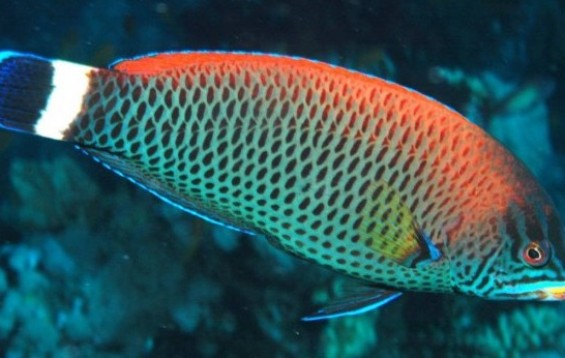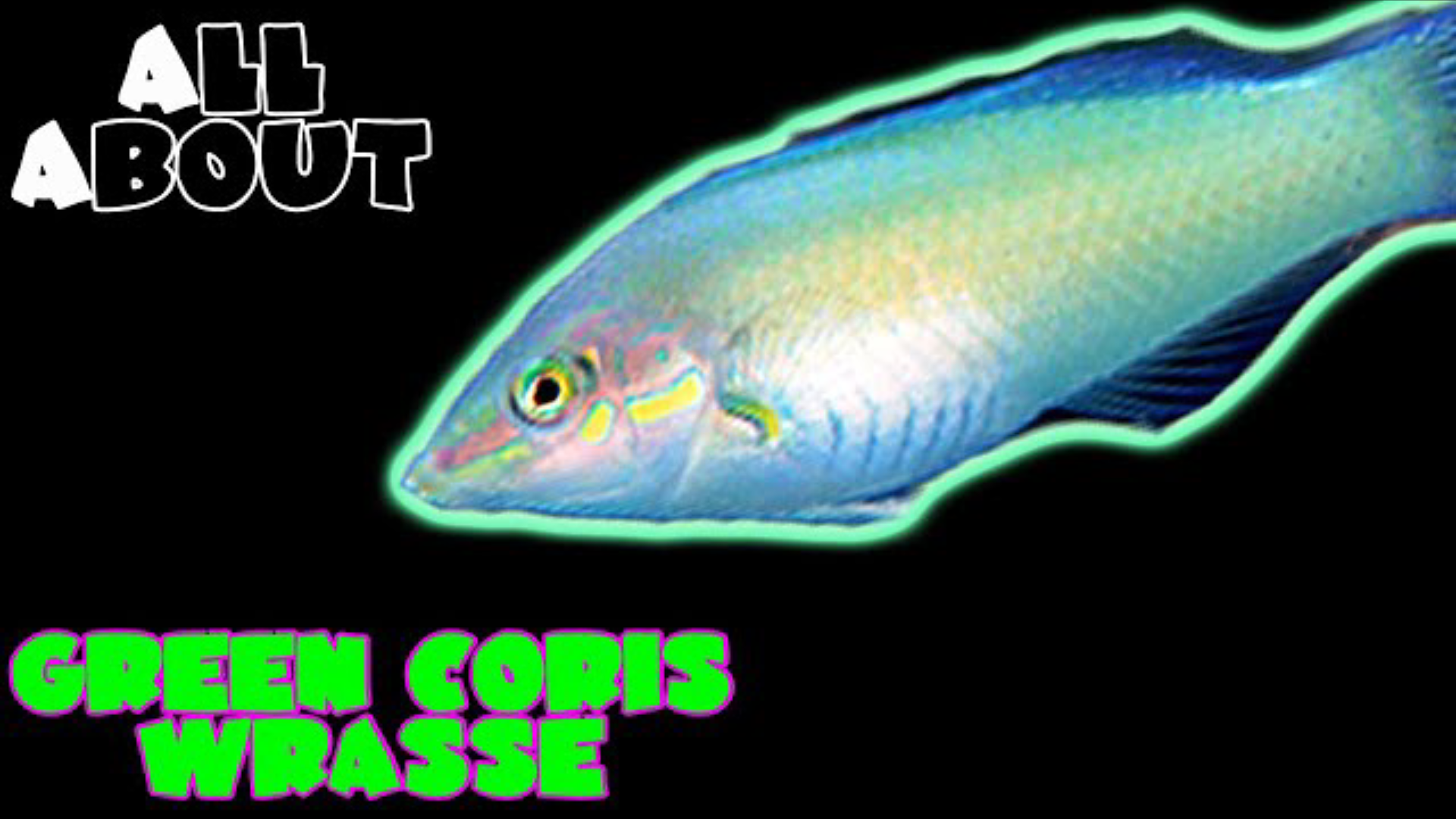- Name:
Chiseltooth Wrasse
- Family: Labridae
- Species: Wrasse
- Scientific Name: Pseudodax moluccanus


More Details
General info about Chiseltooth Wrasse
The Chiseltooth Wrasse makes a brilliantly-colored, peaceful addition to the home aquarium, and is ideally suited for the advanced aquarist. Like all wrasses, it exhibits fascinating behavior and has a protrusible jaw which aids in feeding. The Chiseltooth Wrasse is one of the larger specimens in the genus, growing up to a foot in length. The Chiseltooth Wrasse is considered ideal for the expert aquarist or research aquarium. Like other Labrids, these fish can try and leap from the aquarium, so a tight fitting lid and covered overflow boxes are a must. In the wild, adults are usually found along drop-offs below 50 feet near caves, while younger specimens often take refuge inside them. The only species in the genus Pseudodax, the Chiseltooth Wrasse is related to the parrotfish and tends to exhibit behaviors similar to wrasse in the genus Anampes.
Caution with Chiseltooth Wrasse
Wrasse are considered jumpers make sure your aquarium has a tight-fitting canopy or screen cover to prevent the Wrasse from jumping out of your aquarium. Wrasse have been known to jump through the smallest of holes in a canopy.
Wrasses prefer to have a 2" (5cm) sandbed to allow them to burrow into the sand to sleep or when they feel like they are in danger. Some people with bare bottom tanks have also added a Tupperware with a 2" deep sand bed to accommodate the wrasse's needs.
They are generally peaceful but may display aggression towards members of the same species.
Relevent Articles
Original Detail
| Name | Species | Family | Scientific Name | More Detail | Added by |
|---|---|---|---|---|---|
| Chiseltooth Wrasse | Wrasse | Labridae | Pseudodax moluccanus | The Chiseltooth Wrasse makes a brilliantly-colored, peaceful addition to the home aquarium, and is ideally suited for the advanced aquarist. Like all wrasses, it exhibits fascinating behavior and has a protrusible jaw which aids in feeding. The Chiseltooth Wrasse is one of the larger specimens in the genus, growing up to a foot in length. The Chiseltooth Wrasse is considered ideal for the expert aquarist or research aquarium. Like other Labrids, these fish can try and leap from the aquarium, so a tight fitting lid and covered overflow boxes are a must. In the wild, adults are usually found along drop-offs below 50 feet near caves, while younger specimens often take refuge inside them. The only species in the genus Pseudodax, the Chiseltooth Wrasse is related to the parrotfish and tends to exhibit behaviors similar to wrasse in the genus Anampes. | PalaciosAn |
Changed by users
| Submitted Date | Submitted By | Status | Action |
|---|


